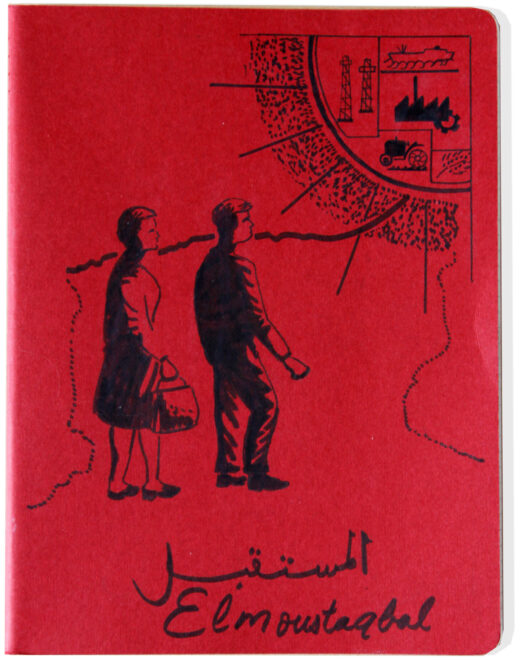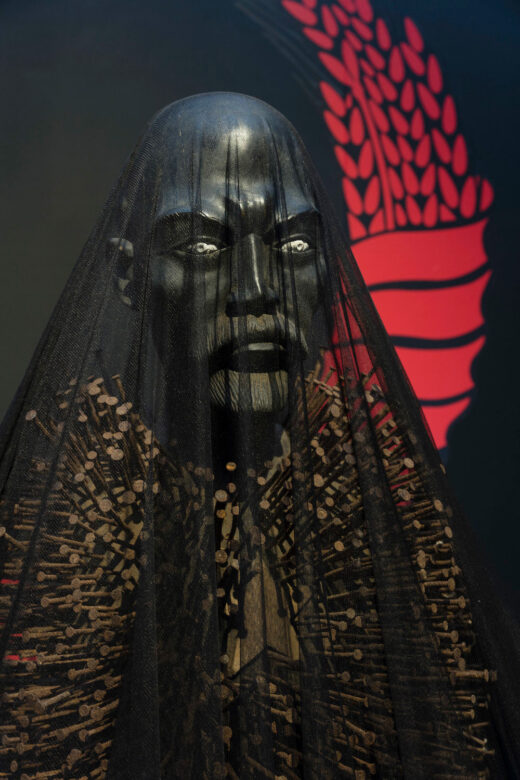Socialism in Contemporary African Art: Butchering the End of Time
This introductory essay and accompanying special issue of ARTMargins explore the role of African socialisms in contemporary art. Artists looking at Africa’s radical history face the challenge of responding to a generalized amnesia about the continent’s protagonism on intellectual and political radicalism after 1945. Working with under-researched themes, scarce historical records, and apprehensive oral sources, these artists are often tasked to amplify forgotten pasts while simultaneously critiquing the political contingency of historical investigation in global contemporary art. Global contemporary art—largely shaped by the neoliberal transition that followed the very histories explored by these artists—is often shown in its limitation to … Read more








